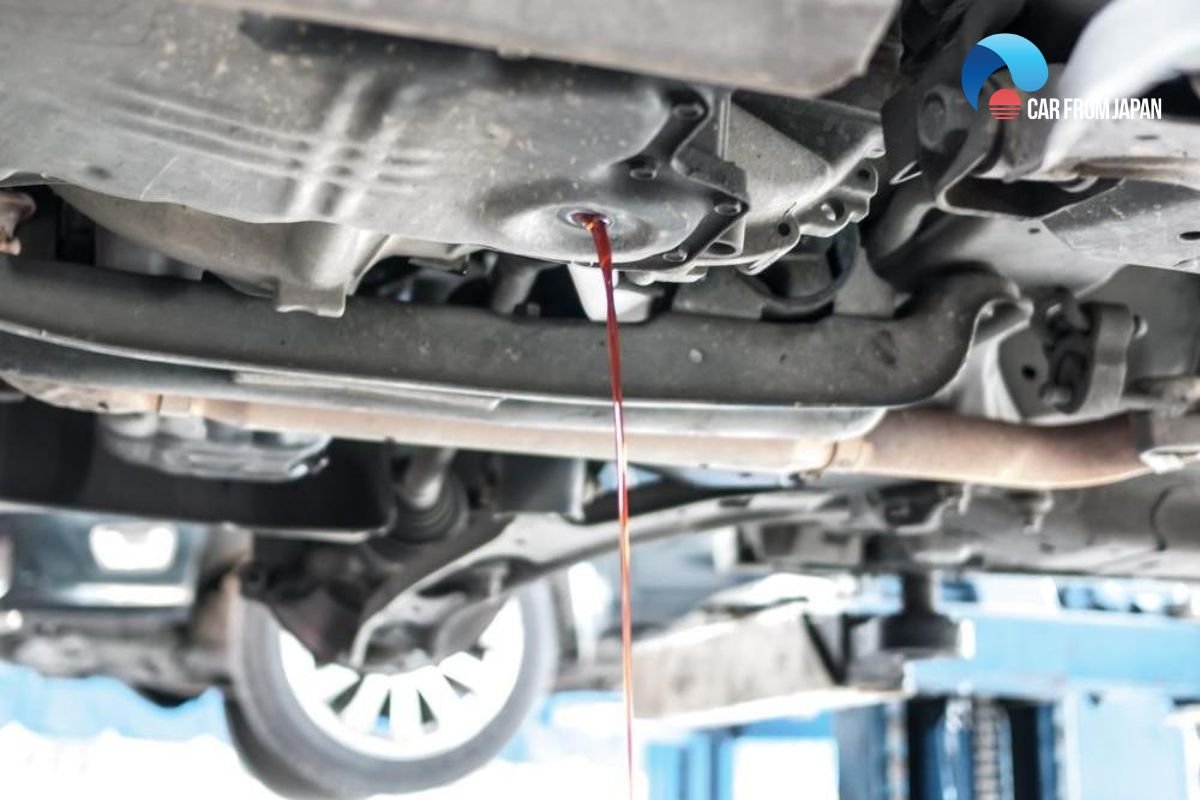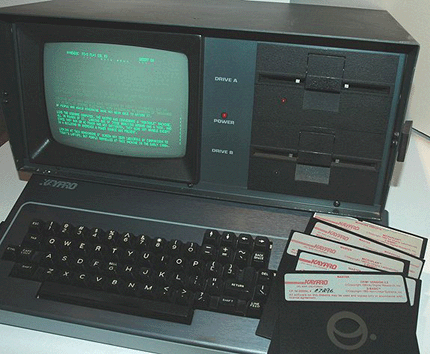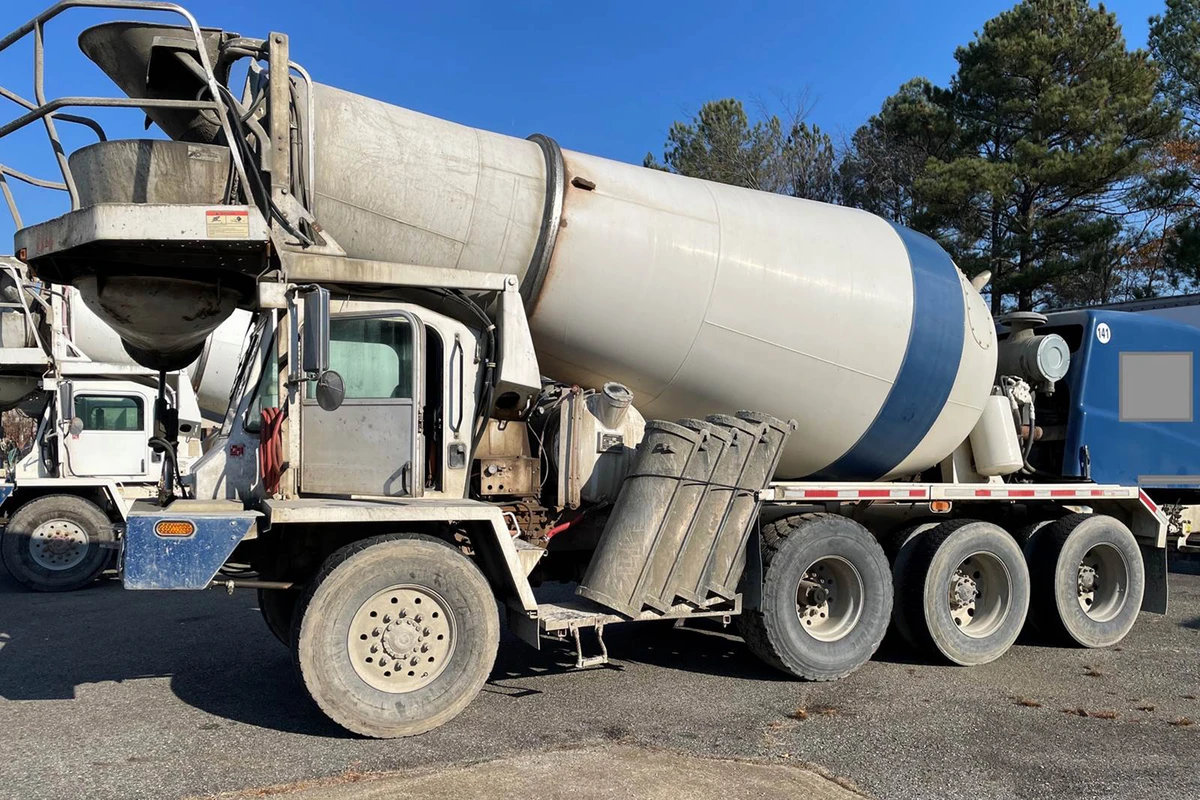You walk out to your car one morning, only to find a small red puddle underneath. Your first thought? Maybe it’s nothing. But if you’ve ever wondered how long can I drive with a transmission leak, you’re not alone. Many drivers face this exact situation, unsure if it’s safe to keep driving or if they’re risking a costly repair.
Let’s break down what a transmission leak really means, how dangerous it can be, and what you should do to protect your vehicle before it’s too late.
Understanding What a Transmission Leak Really Means
Your car’s transmission fluid isn’t just another liquid—it’s the lifeblood of your vehicle’s gearbox. It lubricates gears, cools moving parts, and enables smooth gear shifting. Without it, the transmission grinds, overheats, and eventually fails.
Transmission fluid circulates through a closed system, meaning it should never leak under normal conditions. So, when you notice red, pink, or brown liquid under your car, it’s a sign something’s gone wrong.
Common Causes of Transmission Fluid Leaks
Several mechanical issues can trigger a transmission leak. Some are minor, others are serious. Here are the most common culprits:
- Worn or cracked gaskets and seals – These rubber parts naturally degrade over time.
- Faulty transmission pan – Rocks, road debris, or corrosion can cause cracks or punctures.
- Loose or damaged drain plug – Poor maintenance or overtightening during a fluid change can cause leaks.
- Leaky cooler lines – Transmission fluid flows through lines to the radiator to cool down; if they crack, you’ll see a drip.
- Overheating and internal wear – Excess heat can expand metal parts, loosening seals and gaskets.
Each cause has its own level of urgency, but all point to one message: don’t ignore a leak.
How to Identify a Transmission Leak
Spotting a transmission leak early can save you thousands in repair costs. Here’s how you can tell if that puddle under your car is from your transmission:
- Color: Transmission fluid is typically bright red or pink when new but turns brown or black as it ages.
- Smell: A burnt, sweet odor means the fluid’s overheated.
- Location: Leaks usually appear near the front or middle of your car, beneath the transmission.
- Performance signs: Slipping gears, delayed shifting, or grinding noises are all warning flags.
Pro tip: Place a piece of cardboard under your car overnight. The size and location of the drip help you pinpoint the source.
So, How Long Can You Drive with a Transmission Leak?
Let’s get straight to it: not long at all.
The answer depends on how severe the leak is and how much fluid you’ve lost. Driving even a few miles with low transmission fluid can lead to serious damage. Once the system loses pressure, metal parts grind, and the transmission starts overheating.
Here’s a simple guide to help you assess the risk:
| Leak Severity | Driving Duration | Risk Level | Recommended Action |
| Minor (slow drip) | A few short trips (under 10 miles) | Moderate | Check and top up fluid; inspect soon |
| Medium (visible puddle) | Under 30 minutes | High | Avoid long drives; repair immediately |
| Major (continuous leak) | Don’t drive | Severe | Tow to a mechanic right away |
Why Driving with Low Transmission Fluid Is Dangerous
Driving with a leak doesn’t just reduce performance—it destroys your transmission. The fluid provides lubrication and cooling. Without it, friction increases and metal components weld together under intense heat. Once that happens, you’re looking at a full rebuild or replacement.
Consequences of driving too long with a transmission leak include:
- Overheating: Without fluid, temperatures can soar above 250°F, warping internal parts.
- Gear slippage: The vehicle may randomly shift or lose power on the road.
- Delayed acceleration: The car might hesitate before moving, a clear sign of fluid loss.
- Complete transmission failure: At that point, your only option is an expensive rebuild.
Real-World Case Study
Consider this example: A driver notices a small fluid drip and decides to “wait until the weekend.” Within days, shifting becomes rough. By the time they visit a mechanic, the transmission has burned out—a $3,500 repair that could’ve been prevented with a $150 seal replacement.
On the other hand, another driver who noticed a similar drip got it inspected immediately. The issue? A loose pan bolt—fixed in under an hour for $50.
Lesson learned: The longer you drive with a transmission leak, the higher the risk and repair cost.
What Actions to Take If You Observe a Transmission Leak
When you spot a transmission leak, don’t panic—but act fast. The following steps can help you prevent further damage.
Step 1 – Check the Fluid Level
Start by checking your transmission fluid with the dipstick (consult your owner’s manual for its location).
- The fluid should be bright red and clear.
- If it’s dark or burnt, it’s overdue for replacement.
- Low levels confirm a leak—don’t just top up and ignore it.
Step 2 – Locate the Source of the Leak
Lay cardboard or paper under your vehicle overnight. Check in the morning where the stain appears.
Common leak points include:
- Transmission pan
- Cooler lines
- Axle seals
- Front or rear gaskets
Once identified, you can tell your mechanic exactly where to look, saving diagnostic time and cost.
Step 3 – Temporary Fixes You Can Try
If you must drive a short distance, you might use stop-leak additives, which temporarily seal minor leaks. However, these are short-term solutions at best. They can clog internal passages or mask serious damage if overused.
In short: Use them only to get to a repair shop, not as a permanent fix.
Step 4 – Seek Professional Help
Transmission systems are complex. Unless you’re an experienced mechanic, it’s best to have the car professionally inspected. A certified technician can pressure-test the system, find the leak’s source, and recommend a repair.
Here’s a look at average transmission repair costs:
| Repair Type | Average Cost (USD) |
| Replace pan gasket | $150 – $400 |
| Seal or line replacement | $200 – $600 |
| Torque converter repair | $600 – $1,000 |
| Full transmission rebuild | $2,500 – $4,000+ |
Paying a few hundred now can prevent thousands in future repairs.
Preventing Future Transmission Leaks
Prevention always beats repair. Regular maintenance not only keeps your car running smoothly but also extends your transmission’s life.
Here’s how to protect your transmission from future leaks:
- Check fluid levels monthly. Use the dipstick and refill if levels are low.
- Change fluid and filters as recommended. Every 30,000–60,000 miles, depending on your vehicle.
- Use the correct transmission fluid. Check your owner’s manual—each car requires a specific type.
- Avoid aggressive driving. Hard acceleration and sudden stops generate excess heat.
- Inspect cooler lines and gaskets. Replace worn seals before they fail.
- Service your transmission regularly. Professional checks can catch small leaks early.
Quick Tip: Keep an eye on your driveway. A small stain might look harmless, but early detection can save you a lot of money and stress.
FAQs About Driving with a Transmission Leak
Can I drive short distances with a transmission leak?
You can drive short distances only if the leak is very minor and fluid levels are safe. But even then, it’s risky. Always check the fluid first and head straight to a mechanic.
Will a small transmission leak seal itself?
No, it won’t. Once a gasket or seal starts leaking, it only gets worse with time and heat.
How do I know if the leak is from the transmission or engine oil?
Transmission fluid is typically red or pink and smells sweet. Engine oil is amber or black and feels more slippery.
Is a transmission fluid leak covered by insurance?
Usually not. Standard insurance policies treat it as wear and tear, not accidental damage. However, some extended warranties might cover it.
What happens if I ignore a transmission leak?
Ignoring a leak leads to fluid starvation, overheating, and eventual transmission failure. Repair costs can jump from a few hundred to several thousand dollars.
Final Thoughts — Don’t Risk It
If you’re still asking, “how long can I drive with a transmission leak?”—the honest answer is: as little as possible. Every mile you drive with low or leaking fluid adds wear and heat to the system, which can quickly turn a simple fix into a major overhaul.
Remember these takeaways:
- Never ignore a red puddle under your car.
- Even small leaks can cause big problems.
- Routine checks and prompt repairs save you money and stress.
Transmission leaks are like slow-moving time bombs. The earlier you act, the better your chances of keeping your car safe, smooth, and on the road for years to come.
Bottom line: Don’t gamble with your transmission. If you notice a leak, get it checked—and drive only as far as your mechanic’s shop.
References:
- AAA Car Care Guide
- NAPA Know How Blog
- RepairPal: Transmission Leak Cost Guide












Leave a Reply